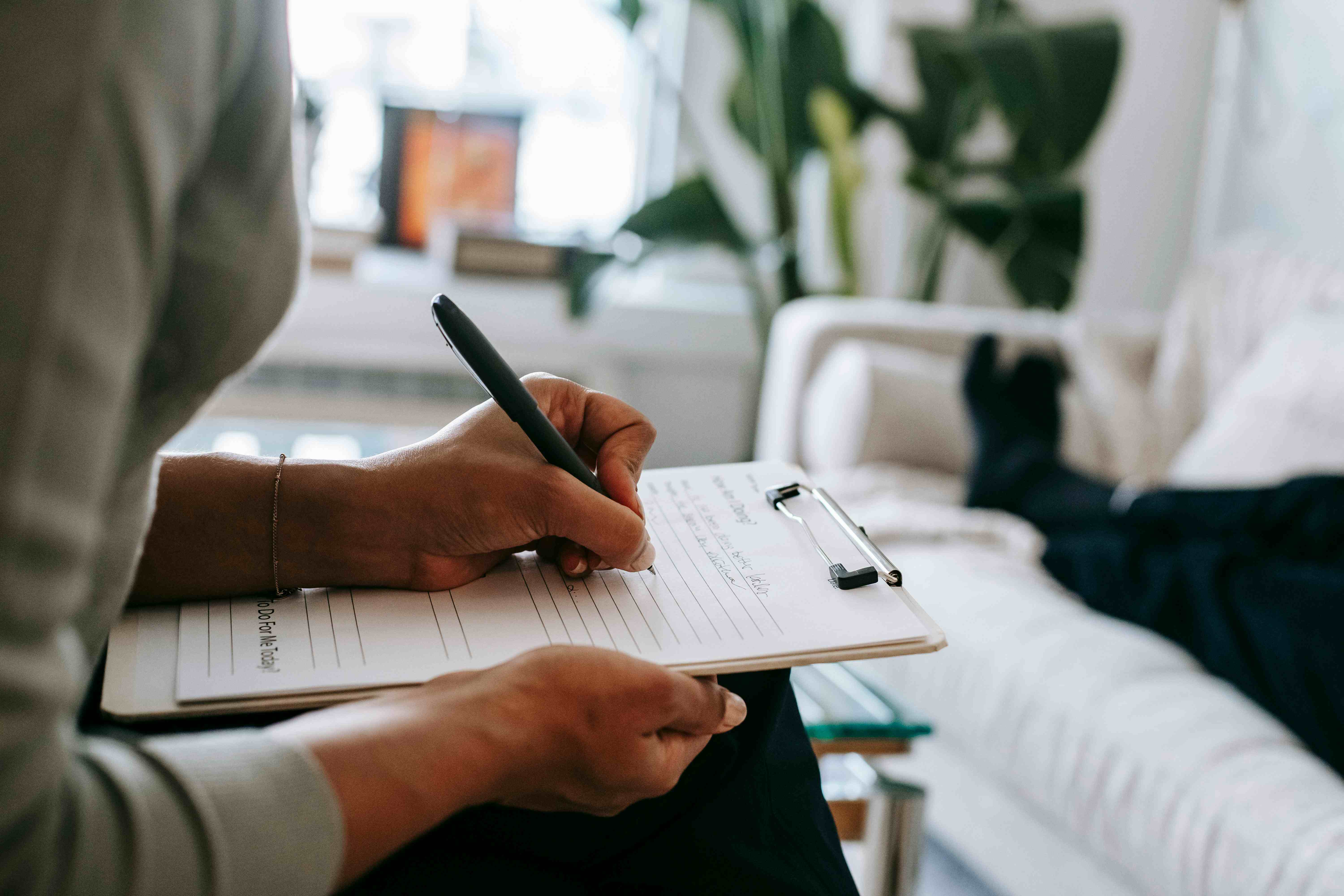25 ม.ค. 2568

Picture this: You're in the middle of an intense therapy session, your client is sharing crucial information about their recent breakthrough, and you're trying to maintain eye contact while simultaneously documenting important details in your EHR system. Sound familiar? For mental health professionals, the art of balancing meaningful therapeutic connections with accurate documentation is a daily challenge that can feel overwhelming. In this comprehensive guide, we'll explore proven strategies for taking effective therapy notes during sessions while maintaining the warm, attentive presence your clients deserve and expect.
Why Do Therapists Need to Take Notes During Sessions?
Meeting Documentation Requirements
In today's evolving healthcare landscape, proper documentation serves as the backbone of effective therapeutic practice. Electronic Health Records (EHR) systems have revolutionized how we maintain patient records, requiring detailed documentation that serves multiple essential purposes. Insurance companies increasingly demand comprehensive notes to justify medical necessity, while regulatory bodies expect thorough documentation to ensure quality of care.
Beyond compliance, real-time documentation helps create a more accurate and detailed record of each therapeutic journey. When you document during sessions, you're capturing nuances that might otherwise be lost – subtle shifts in emotion, specific word choices, or momentary breakthroughs that could slip away if left until the end of your day.
Supporting Treatment Progress
Contemporary therapeutic practice relies heavily on data-driven decision-making and progress tracking. When you take notes during therapy sessions, you're not just fulfilling administrative requirements – you're creating a valuable record that helps track treatment effectiveness over time. These notes become instrumental in:
Identifying patterns in client behavior and emotional responses
Tracking the effectiveness of specific interventions
Maintaining continuity of care across multiple sessions
Supporting collaboration with other healthcare providers
Creating comprehensive treatment plans based on observed progress
Real-time documentation also helps ensure accuracy in your clinical observations. Rather than relying on memory hours after a session ends, you're capturing important details as they unfold, leading to more precise and useful clinical records.
What Are the Challenges of In-Session Note-Taking?
Balancing Attention and Documentation
The complexity of maintaining therapeutic presence while documenting sessions cannot be overstated. Many mental health professionals report feeling like they're performing a complex juggling act – trying to maintain emotional attunement with their clients while ensuring they're capturing essential information for their records.
This challenge becomes particularly evident during emotionally charged moments when a client needs your full attention, yet you're aware of the importance of documenting their breakthrough. The cognitive load of switching between these two tasks can be substantial, potentially affecting both the quality of your documentation and your therapeutic presence.
Managing Client Perceptions
Perhaps the most significant challenge lies in managing how clients perceive note-taking during sessions. Many clients may interpret your documentation activities as a sign of disinterest or disconnection, even when you're fully engaged in the therapeutic process. This perception can potentially impact:
The development of therapeutic alliance
Client openness and willingness to share
Trust in the therapeutic relationship
Session flow and natural conversation
Client comfort and sense of being heard
Research consistently shows that the therapeutic alliance is one of the strongest predictors of positive outcomes in psychotherapy. Any activity that might compromise this relationship needs to be handled with utmost care and consideration.
How to Prepare Your Workspace for Effective Note-Taking
Optimizing Physical Setup
The physical arrangement of your therapy space plays a crucial role in minimizing the impact of note-taking on the therapeutic relationship. Creating an environment that supports both documentation and connection requires thoughtful consideration of several key elements:
Room Layout: Position furniture to maintain open sight lines between you and your client while allowing easy access to your documentation tools. Consider using L-shaped desk arrangements or mobile workstations that can be adjusted based on session needs.
Lighting: Ensure adequate lighting that reduces screen glare and allows both you and your client to see each other's facial expressions clearly. Natural light is ideal, but if using artificial lighting, position it to avoid casting shadows or creating uncomfortable bright spots.
Seating Arrangements: Choose seating that allows you to maintain a comfortable, open posture while accessing your note-taking tools. The goal is to create a setup where documentation feels like a natural part of the session rather than an intrusive element.
Choosing the Right Tools
The technology and tools you use for documentation can significantly impact both the efficiency of your note-taking and its effect on the therapeutic relationship. Consider these essential factors:
Technology Selection:
Choose devices with minimal noise output (quiet keyboards, silent styluses)
Opt for screens that can be viewed at wide angles without losing visibility
Consider using tablets or 2-in-1 devices that feel less obtrusive than traditional laptops
Ensure all devices meet HIPAA compliance requirements
Ergonomic Considerations: Your documentation setup should support long-term comfort and health while maintaining professional presence. This includes:
Positioning screens at eye level to maintain good posture
Using equipment that allows for smooth transitions between client interaction and documentation
Ensuring your setup supports proper ergonomics to prevent physical strain during long sessions
AI Scribes in Therapy
The emergence of AI scribing tools represents a significant advancement in therapy note-taking. These AI assistants can help streamline the documentation process by:
Automatically capturing and transcribing session content
Identifying key themes and important clinical moments
Generating preliminary note structures that you can review and refine
Allowing more focus on client interaction during sessions
However, when implementing AI scribing tools, consider these important factors:
Client consent and comfort with AI-assisted documentation
The need for thorough review and editing of AI-generated notes
Data security and privacy compliance requirements
Remember that AI scribes should supplement, not replace, your clinical judgment and note-taking process. These tools work best when used as part of a comprehensive documentation strategy that prioritizes both efficiency and therapeutic presence.
Building Client Trust While Taking Progress Notes
Establishing Open Communication
The foundation of successful in-session documentation begins with transparency about your note-taking process. Many mental health professionals find that directly addressing documentation practices during the initial consultation sets the stage for a more comfortable therapeutic relationship. Here's how to approach this crucial conversation:
Initial Discussion: Begin by explaining the role of documentation in providing effective care. Help clients understand that notes serve as a tool for:
Tracking their progress over time
Ensuring continuity of care
Meeting professional and legal requirements
Supporting treatment planning and goal achievement
Be sure to emphasize that note-taking reflects your commitment to providing the best possible care, rather than disinterest or distraction. Many clients appreciate understanding how documentation contributes to their therapeutic journey.
Creating Transparency
Building trust around documentation involves more than just explaining its necessity. Consider implementing these practices to maintain transparency:
Collaborative Review:
Periodically review relevant portions of your notes with clients
Discuss how documentation has helped track their progress
Invite clients to contribute to the documentation process
Address any concerns about note-taking as they arise
Remember that transparency builds trust, but maintain appropriate professional boundaries when sharing documentation. Some clinical observations or hypotheses may need to remain private to protect the therapeutic process.
How to Maintain Eye Contact While Recording Session Notes
Developing Physical Awareness
Mastering the art of maintaining therapeutic presence while documenting requires conscious attention to your physical positioning and non-verbal communication. Consider these essential elements:
Body Language Basics:
Position your body at a 45-degree angle to both your documentation tools and your client
Practice maintaining an open posture that conveys attention and engagement
Use subtle nodding and facial expressions to show active listening while typing
Keep your movements smooth and deliberate to minimize distraction
Mastering Multitasking Skills
Developing the ability to document while maintaining therapeutic presence is a skill that improves with practice. Here's how to enhance your multitasking capabilities:
Skill Development:
Practice touch typing to reduce the need to look at your keyboard
Develop shorthand systems for common therapeutic terms
Learn to pause documentation during crucial emotional moments
Create rhythm between documentation and client interaction
Remember that it's okay to pause documentation when full attention is needed. The key is finding a balance that works for both you and your client.
Managing Sensitive Information in Real-Time Documentation
Protecting Client Privacy
Handling sensitive information during sessions requires a delicate balance between thoroughness and discretion. Consider these strategies for managing sensitive content:
Privacy Protection Strategies:
Develop a system of professional shorthand for sensitive topics
Create templates that guide appropriate documentation of difficult subjects
Position screens to prevent client viewing of sensitive information
Use placeholder text for highly confidential information that will be detailed after the session
Following HIPAA Guidelines
Maintaining HIPAA compliance while taking real-time notes involves both technical and practical considerations:
Compliance Measures:
Ensure all devices used for documentation are encrypted
Implement automatic screen locking when stepping away
Use secure networks for all electronic documentation
Maintain clear boundaries between clinical and administrative notes
When Should You Avoid Taking Notes During Sessions?
Recognizing Critical Moments
While documentation is essential for therapeutic practice, certain situations demand your complete, undivided attention. Learning to recognize these critical moments is a crucial skill that develops with experience and clinical judgment.
Key Situations:
High-Stakes Clinical Situations: During crisis interventions or suicide risk assessments, your primary focus must be on the client's immediate safety and well-being.
Emotional Processing Moments: When clients experience significant emotional breakthroughs or process trauma, documentation can interfere with the therapeutic process.
Relationship-Building Phases: Early sessions and trust-building periods often require minimal documentation to establish strong therapeutic alliance
Clinical Assessment Periods: Certain clinical activities require your full attention for accurate assessment
Alternative Documentation Approaches
When real-time documentation isn't appropriate, you'll need alternative strategies to ensure accurate record-keeping while maintaining therapeutic presence. Here's a comprehensive approach to documentation in sensitive situations:
Immediate Post-Session Documentation: Develop a systematic approach for capturing crucial information immediately after intense sessions:
Use voice recording apps for quick clinical impressions
Create standardized templates for rapid documentation
Schedule brief breaks between sessions for quick notes
Establish a quiet space for immediate reflection and recording
Structured Documentation Systems: Implement organized systems for delayed documentation:
Design quick-entry templates for post-crisis documentation
Create checklists for essential elements to remember
Use time-blocking for detailed documentation
Develop shorthand systems for rapid note-taking during breaks
Technology-Assisted Solutions: Leverage technology appropriately for sensitive situations:
Use secure voice-to-text applications (AI scribes) during breaks
Implement smart templates for quick data entry
Utilize mobile apps for brief, encrypted notations
Consider HIPAA-compliant recording systems with client consent
Team-Based Documentation Strategies: In clinical settings with support staff:
Coordinate with team members for documentation support
Use structured handoff processes
Implement collaborative documentation protocols
Share documentation responsibilities when appropriate
Remember that the key to successful documentation in sensitive situations is finding the right balance between maintaining accurate records and providing the full therapeutic presence your clients need in critical moments. Develop a flexible approach that allows you to adapt your documentation strategy based on the unique needs of each client and situation.
Frequently Asked Questions
What should be included in therapy progress notes?
Progress notes should document session content, interventions used, client response, and treatment progress while maintaining HIPAA compliance. Focus on relevant clinical information that supports continuity of care and treatment planning.
How can I protect client privacy while taking electronic notes?
Implement secure EHR systems, use HIPAA-compliant devices, and follow strict privacy protocols. Always position screens away from client view and use secure networks for documentation.
What are the best SOAP note templates for therapy sessions?
Effective templates include customizable sections for subjective observations, objective data, assessment, and treatment planning. They should be flexible enough to accommodate different therapeutic modalities while ensuring comprehensive documentation.
How long should I spend on note-taking during a session?
Aim to spend no more than 15-20% of session time on documentation. Focus on brief, relevant notes during the session and elaborate if needed afterward.
Can clients request to see their therapy notes?
Yes, under HIPAA regulations, clients have the right to access their health records. However, psychotherapy process notes are separated from the general medical record and have different privacy protections.





